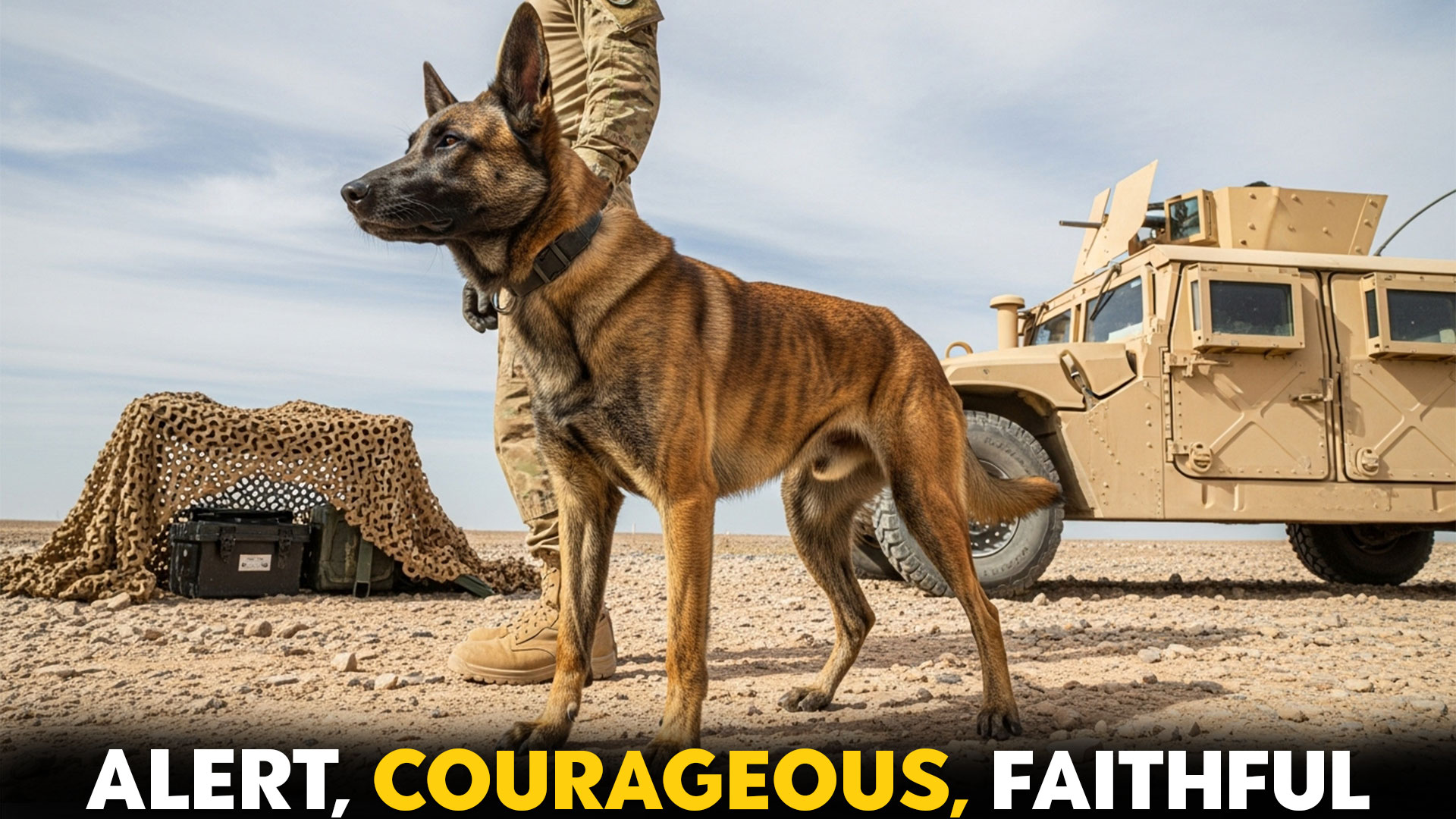Long before dawn breaks over a battlefield, steady paws move beside soldiers, sensing danger where eyes cannot see. For centuries, dogs have shaped the history of war and disaster relief not with weapons, but with courage, instinct, and loyalty.
More than mere tools of military operations, these war dogs are courageous hearts who have stood with armed forces from World War I and World War II to modern conflicts — carrying messages, detecting danger, and saving countless lives under fire.
Today’s complex missions still depend on them. Trained for search and rescue, patrol duties, and demanding security operations, these highly skilled working dogs combine keen senses with tireless determination, even in extreme conditions.
Beyond the uniforms and commands lies an unbreakable bond. These four-legged companions are not only guardians and service dogs; they are trusted partners whose loyalty and courage inspire everyone who serves beside them. This guide honors their story and explores today’s best military dogs.
Best War Dog Breeds For Military Service
1. German Shepherd
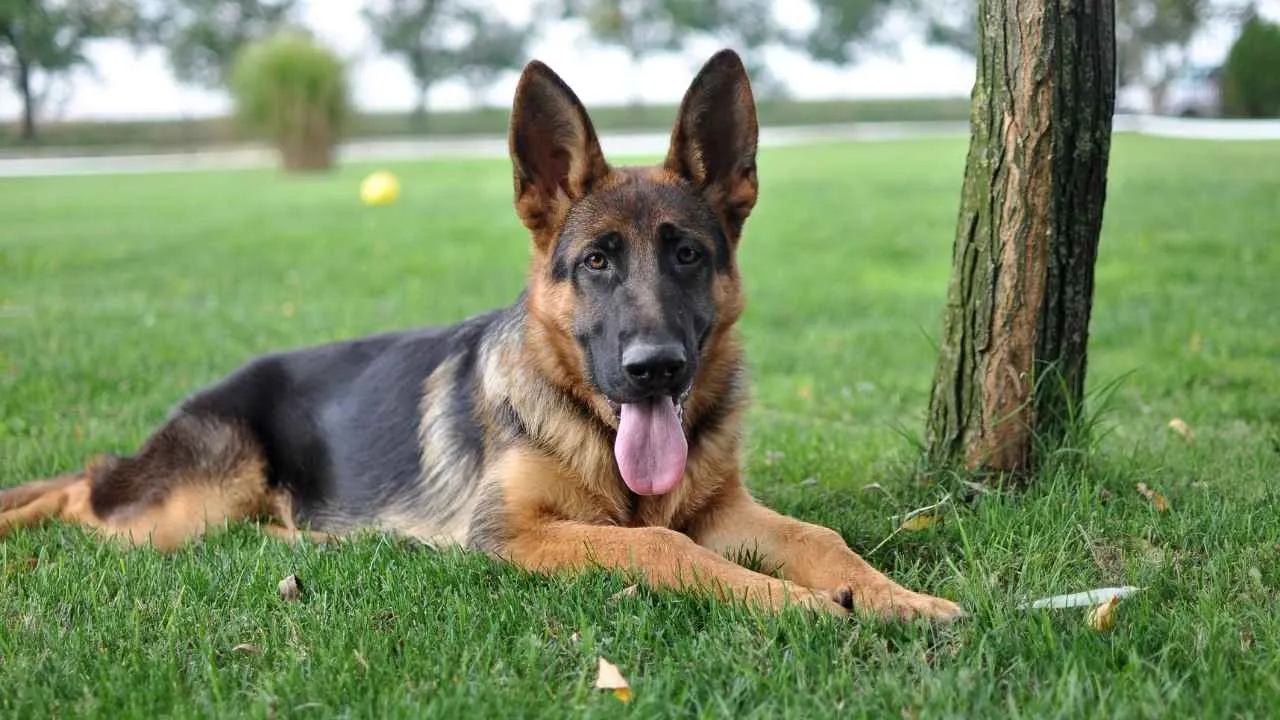
Among all military dog breeds, the German Shepherd stands as the ultimate all-rounder. Bred for intelligence, courage, and adaptability, it excels at patrol, detection, and search-and-rescue duties—often performing multiple roles within a single mission.
Its keen senses and quick learning ability make it a favorite among handlers who need a dog that can think fast under pressure. Loyalty and protective instincts also mean German Shepherds bond deeply with their human partners, creating teamwork that’s hard to match on the field.
This history of bravery cemented their reputation as indispensable allies to the armed forces, a legacy they continue to uphold in modern military tasks worldwide.
Fun fact: German Shepherds were first widely used as messenger dogs in World War I to carry messages, guide wounded soldiers to safety, and even pull supply carts under fire.
2. Belgian Malinois
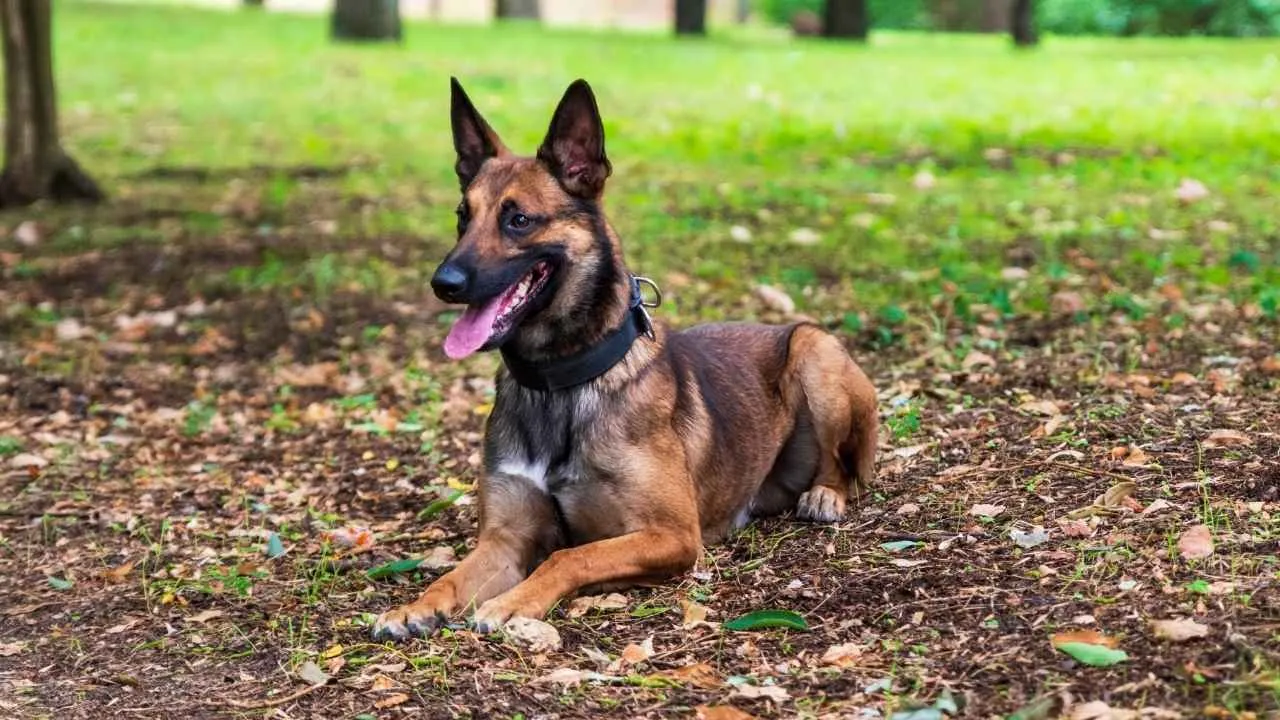
Few breeds match the intensity and versatility of the Belgian Malinois in military operations. Agile and razor-sharp, they excel when the job demands speed, precision, and mental toughness.
Their natural athleticism allows them to leap obstacles, chase suspects, and navigate dangerous terrain with minimal hesitation.
In roles like detection, patrol, and counter-terrorism, they are often the first choice for elite military units because they can think on their feet, follow complex commands, and endure harsh conditions without breaking stride.
The smart, confident, and versatile Belgian Malinois is a world-class worker who forges an unbreakable bond with his human partner, according to AKC.
Whether sniffing out explosives in cramped tunnels or securing perimeters under threat, their courage and adaptability shine through.
Fun Fact: One of the world’s most famous dogs in this breed, Cairo, was part of the SEAL Team 6 operation that led to the capture of Osama bin Laden in 2011.
3. Dutch Shepherd
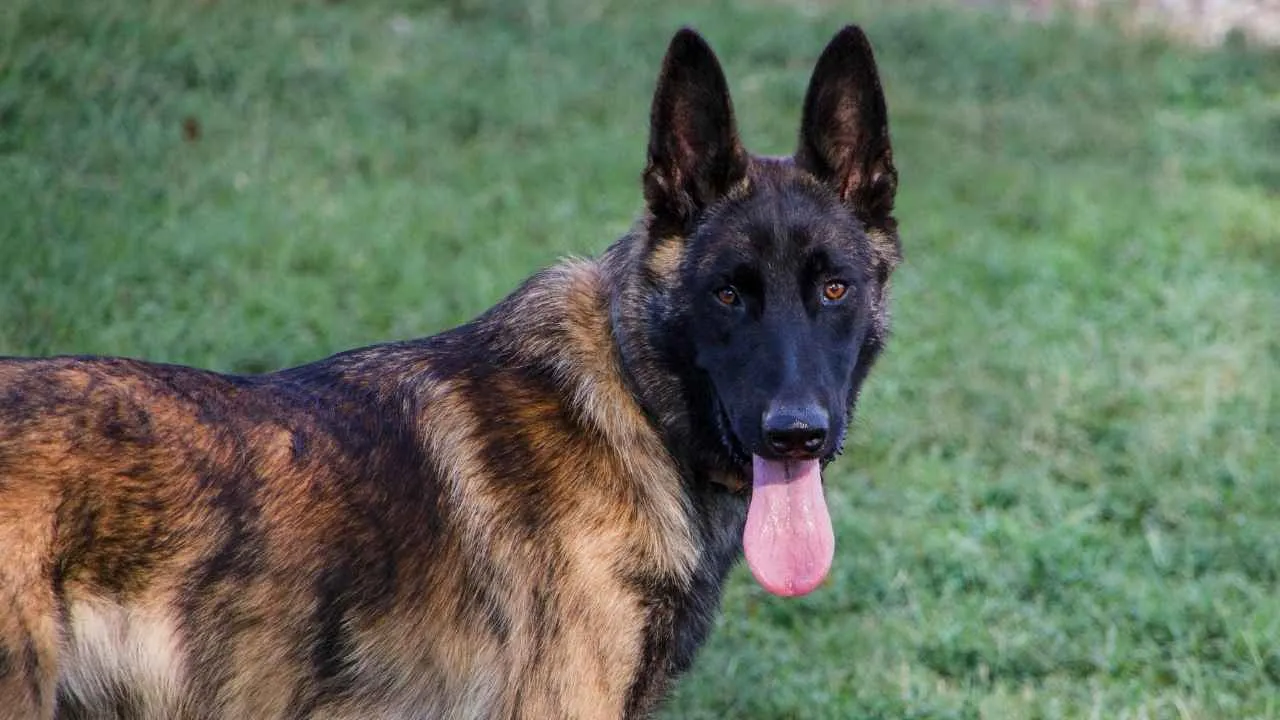
Born on the farms of 18th-century Netherlands, the Dutch Shepherd was bred to herd livestock, guard property, and pull carts—but those same qualities of versatility, endurance, and sharp intelligence now make it a valuable asset in modern military service.
As per PetMD, Agile and disciplined, it transitions seamlessly from tracking in rugged terrain to guarding high-risk zones, excelling in search-and-rescue, patrol duties, and other demanding security operations.
Its keen sense of smell and quick learning allow it to follow complex commands even under pressure, making it one of the best search and rescue dogs.
Fun fact: Dutch Shepherds were used during World War II as messenger and rescue dogs, carrying vital communications across battlefields and locating wounded soldiers—an early glimpse of the courage and skill that still define the breed in today’s military roles.
4. Labrador Retriever
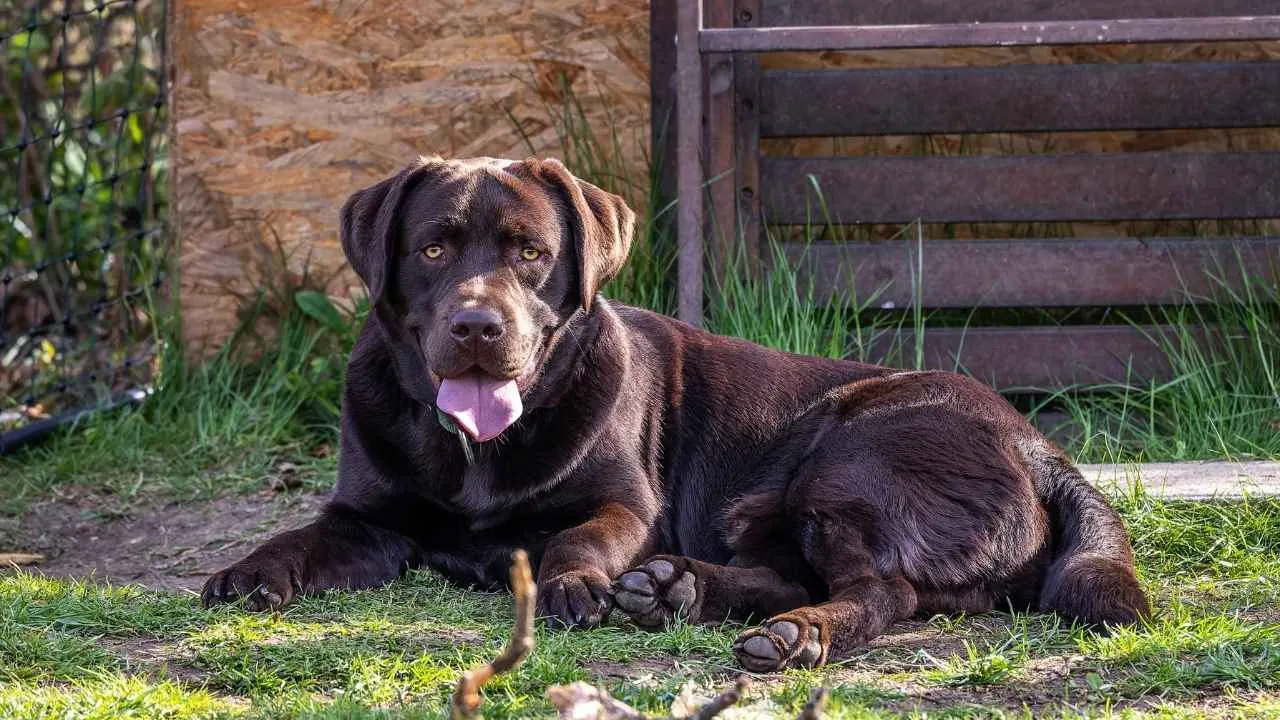
Bred for their extraordinary retrieving skills—especially in water—Labrador Retrievers first made their name as tireless partners to hunters, retrieving game in harsh weather and rough terrain.
That same intelligence, endurance, and tireless work ethic now make them one of the most dependable breeds in military service.
As per Hill’s Pet, calm under pressure and exceptionally trainable, they excel at detection tasks, search-and-rescue missions, and even customs or arson investigations, proving their worth well beyond the duck blind.
Despite their reputation as family favorites, Labradors thrive when given a job. Their courageous nature, strong sense of smell, and natural drive to carry and retrieve items allow them to perform complex tasks in high-stress situations, including war zones.
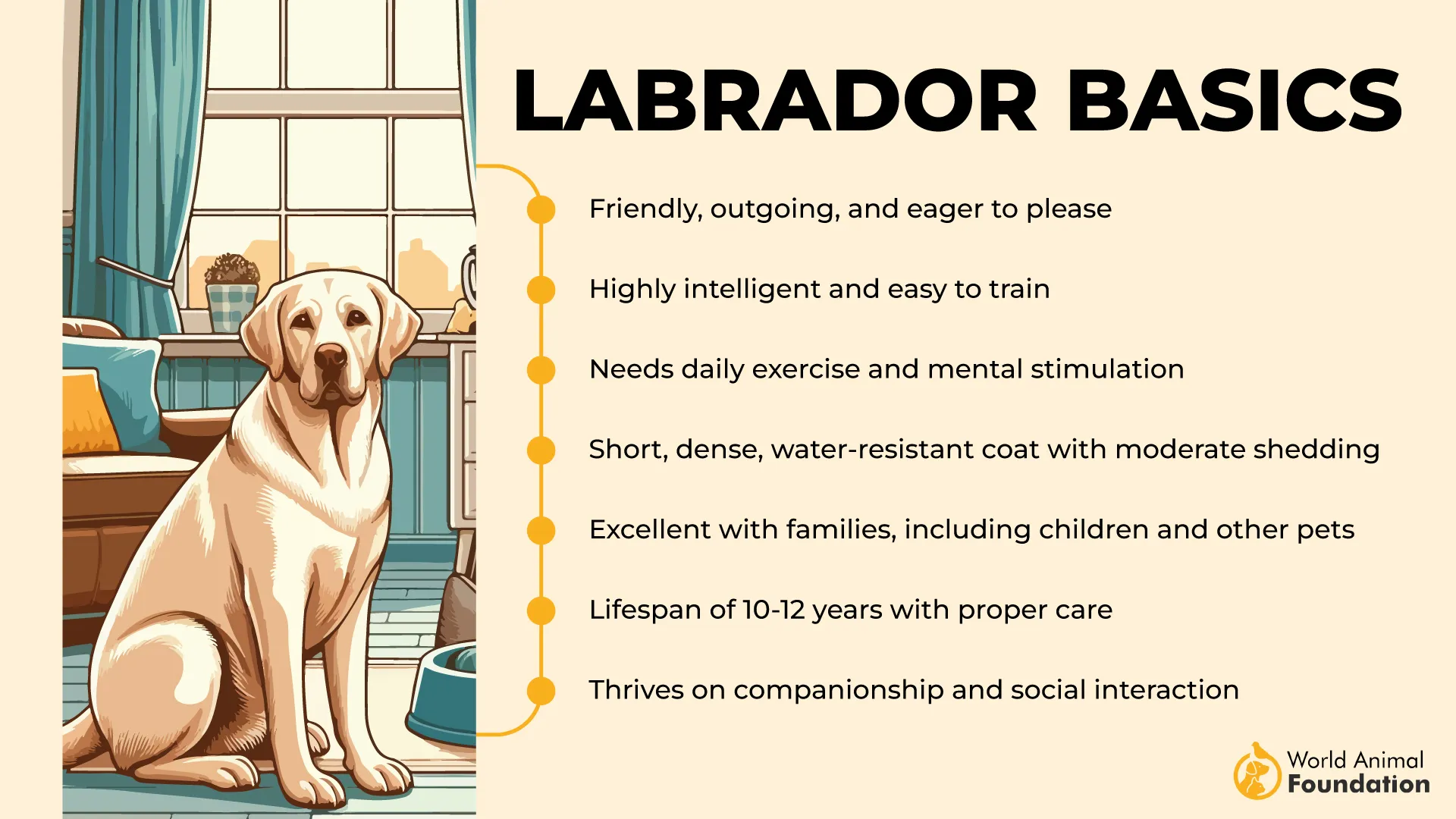
Fun fact: A black Labrador named Sadie received the Dickin Medal for detecting a bomb outside the UN headquarters in Kabul—saving countless lives.
5. Doberman Pinscher
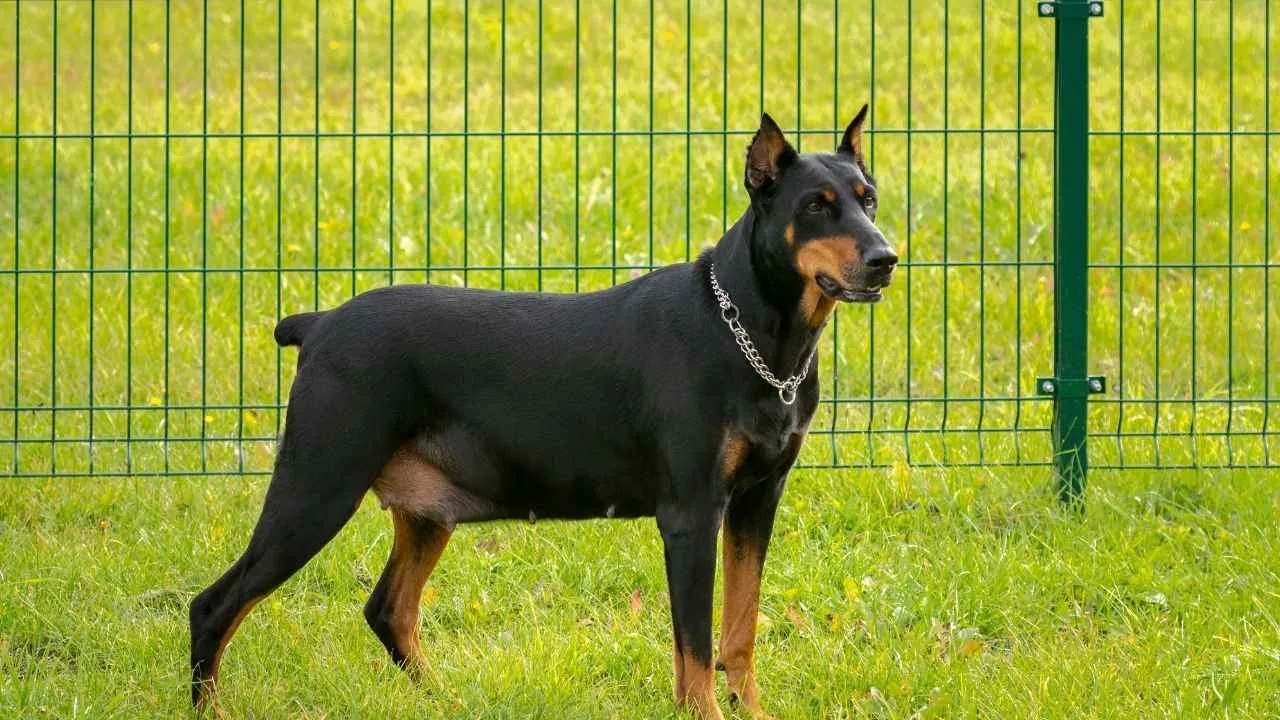
Sleek, alert, and fiercely loyal, the Doberman Pinscher has a storied legacy in military service. Developed in late-19th-century Germany, this breed was intentionally created to combine strength, intelligence, and fearlessness—qualities that became essential in its future roles.
These traits proved invaluable during both World Wars, where Dobermans served as scouts, sentries, and messengers under demanding conditions. Building on this history, they continue to be valued for their versatility.
Although originally bred as guard dogs, Doberman Pinschers have since expanded their roles worldwide, working not only in police and military units but also in search-and-rescue teams and even as therapy dogs.
Fun fact: The National War Dog Cemetery in Guam includes a memorial statue “Always Faithful” to honor the Dobermans—especially one named Kurt—who served with the U.S. Marine Corps during the Battle of Guam in 1944.
6. Rottweiler
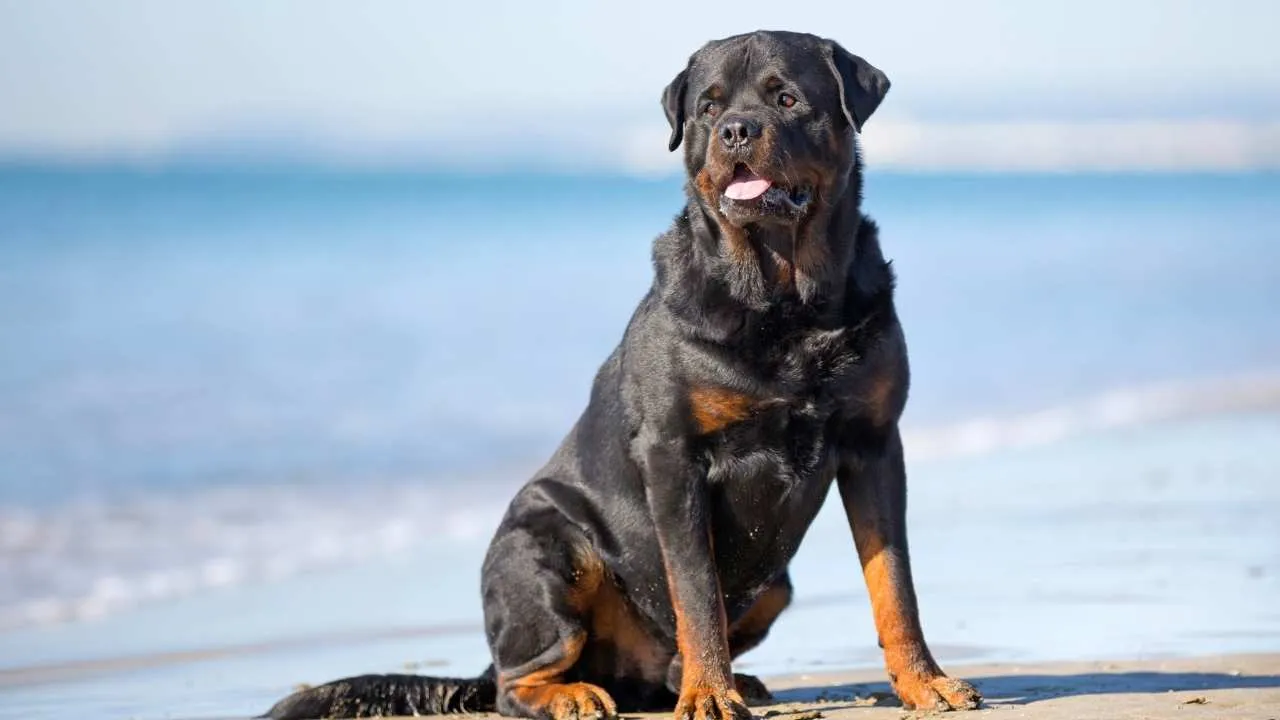
Muscular, courageous, and deeply devoted, the Rottweiler descends from Roman drover dogs that once moved and protected the herds of the Roman army. This historic role laid the groundwork for their future employment as military working dogs, where strength, discipline, and loyalty are essential.
Calm yet confident, Rottweilers have served as guard dogs, sentries, and even message carriers in wartime, valued for their keen instincts and steady presence under pressure.
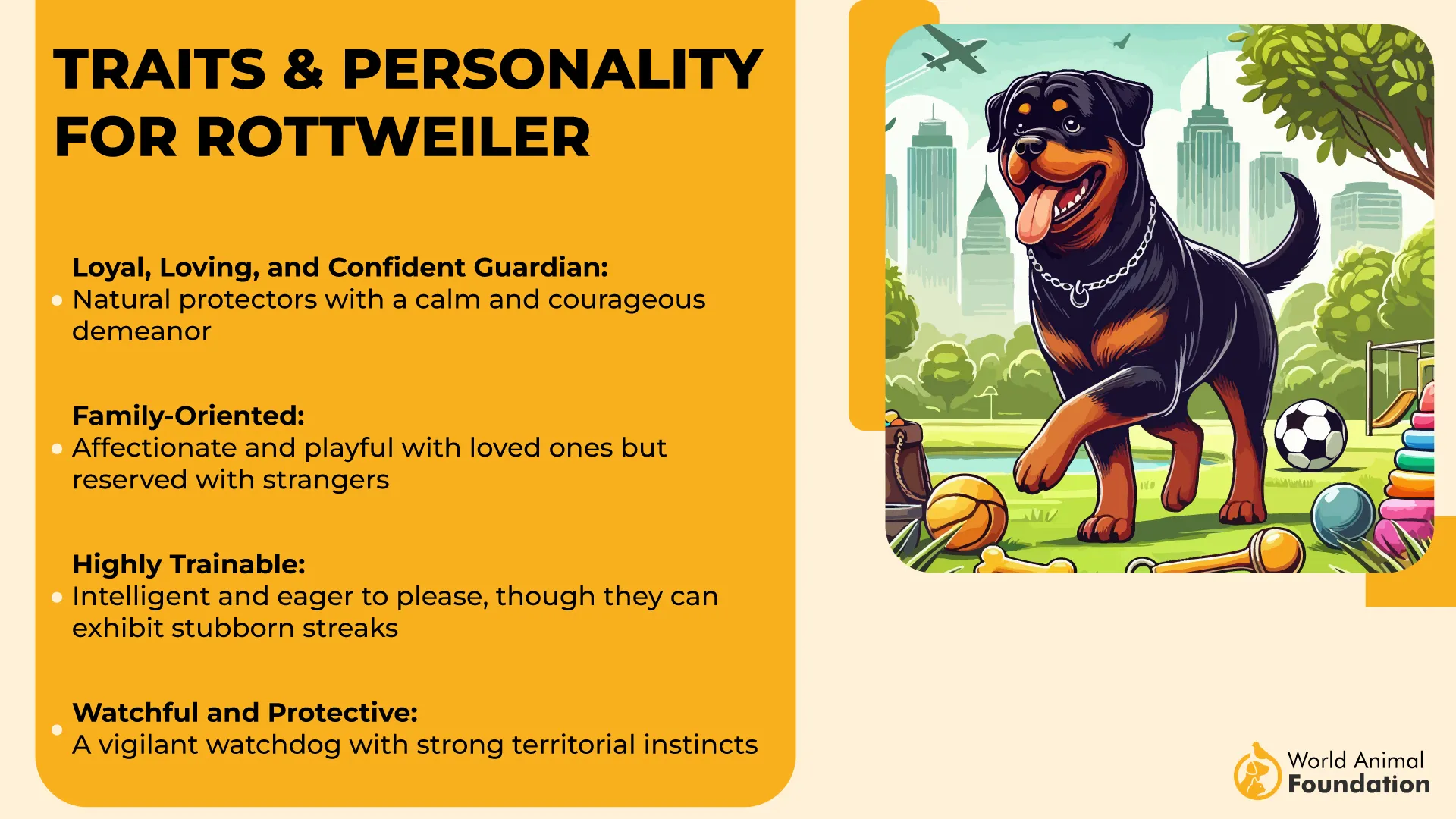
As per Purina, today, “Rotties” remain versatile—trusted as police dogs, herders, and security dogs—while still being chosen in some countries for patrol and security operations.
Their combination of power and good-natured disposition makes them both formidable guardians and affectionate companions.
Fun fact: During World War I, Rottweilers were used by several European armies to pull small supply carts and guard military installations, showcasing their strength and reliability beyond the battlefield.
7. Boxer
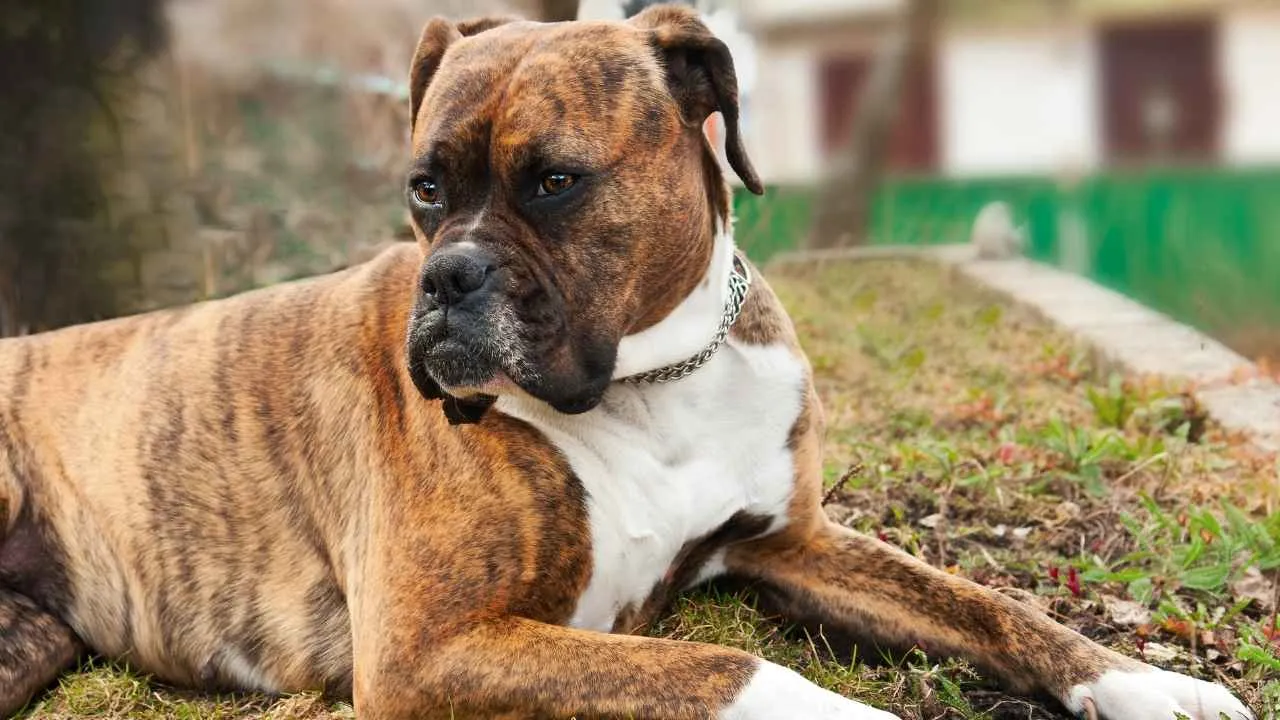
With a square muzzle, alert expression, and boundless energy, the Boxer may look playful, but history shows a breed built for action. Originally developed in Germany from the Bullenbeisser, this athletic dog combined power and stamina—qualities that made it invaluable for demanding military tasks.
During both World War I and World War II, Boxers were used as messenger dogs, carrying vital communications across battlefields where radios were unreliable.
They also carried packs for soldiers and served guard duties, thriving in conditions that required both courage and composure.
Their protective instincts and high energy levels make them good at patrol operations, detection work, and other security roles.
Fun fact: A Boxer dog named Vittles made history during the Berlin Airlift—equipped with his own harness and even a parachute, he was dropped alongside Allied forces to assist in supply efforts.
8. Giant Schnauzer
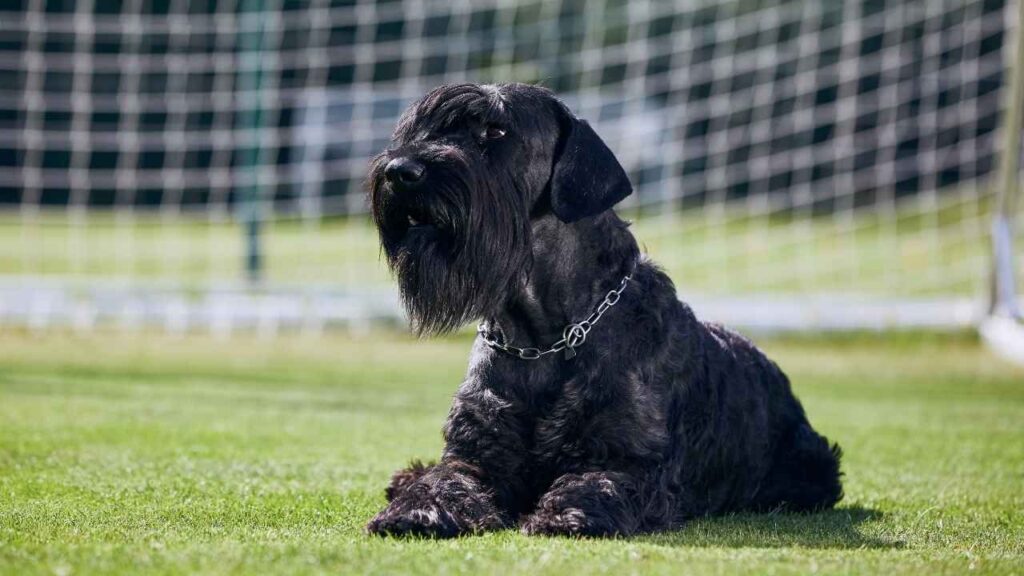
Bold, vigilant, and powerfully built, the Giant Schnauzer brings presence and purpose to military roles. Originally bred in Germany for farm work, guarding, and driving livestock, its dense, weather-resistant coat and rugged intelligence prepared it for broader duty.
During World War II, Giant Schnauzers were used extensively in military service, and decades later, they returned to duty—especially in the U.S. Air Force—for patrol and detection roles.
The Giant Schnauzer is courageous and highly protective, making it an exceptional watchdog and protection dog.
As per Britannica, unlike its Miniature counterpart, which is bold but primarily an alert watchdog, the Giant’s size, strength, and steady temperament equip it for serious security and even military service.
Fun fact: Because of their imposing eyebrows and beard, Giant Schnauzers often stop people in their tracks—and this commanding look can act as a natural deterrent to potential intruders.
9. Alaskan Malamute
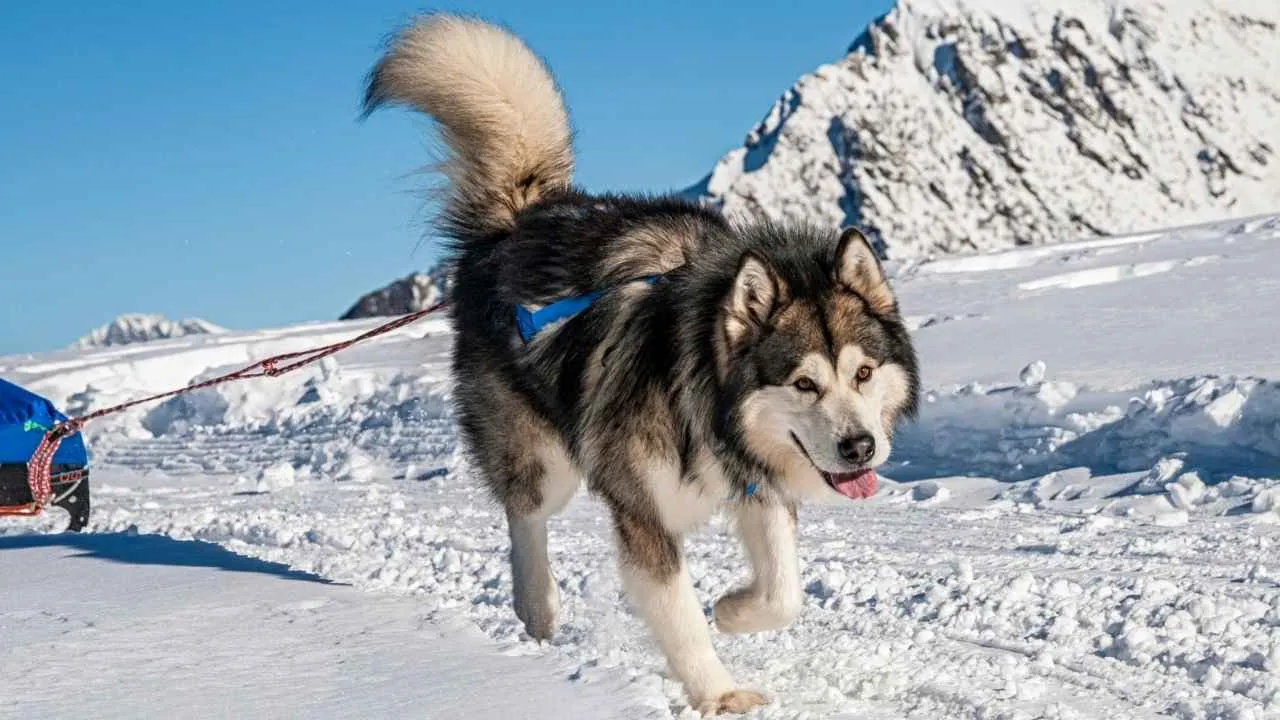
Sturdy, resilient, and bred for endurance in extreme cold, the Alaskan Malamute is a breed that thrives where machines falter. Originally bred as sled dogs in the Arctic, their strength, stamina, and cold resistance made them natural candidates for support roles in harsh environments.
In World War II, the U.S. Army trained Malamutes under the “Dogs for Defense” program to haul supplies, transport equipment over snow, and even assist in search-and-rescue missions in icy regions.
Their ability to move swiftly over snow and resist freezing temperatures earned them respect in northern theaters.
Fun fact: Some Malamutes trained during WWII were parachuted into rugged terrain to assist rescue missions, showing just how far handlers pushed these dogs’ capabilities.
Conclusion
From the quiet heroism of Labrador Retrievers to the imposing presence of Giant Schnauzers, each of these remarkable breeds brings its own strengths to the battlefield. What unites them isn’t just speed, scent, or power, but a steadfast devotion to the people they work beside.
Whether detecting explosives, carrying messages under fire, or simply standing guard, these dogs have shaped the history of military service and continue to protect lives today.
Honoring their courage reminds us that behind every successful mission is a bond of trust between human and canine.
These aren’t just “working dogs” — they’re loyal partners whose instincts, training, and bravery make the impossible possible.


